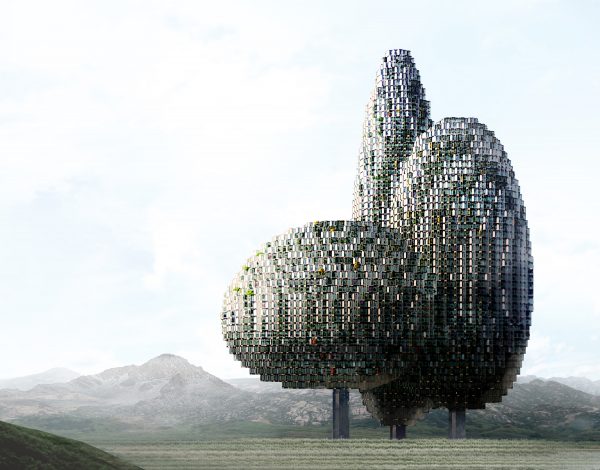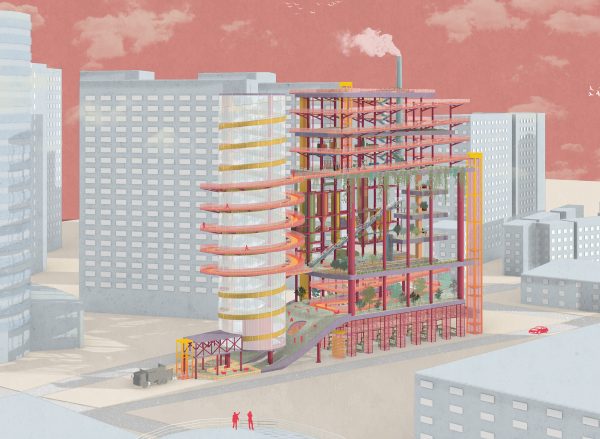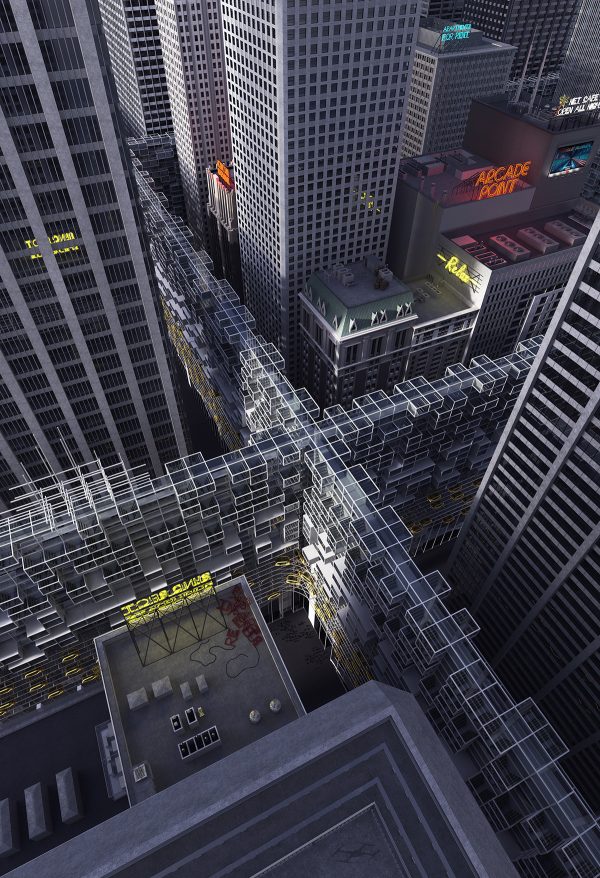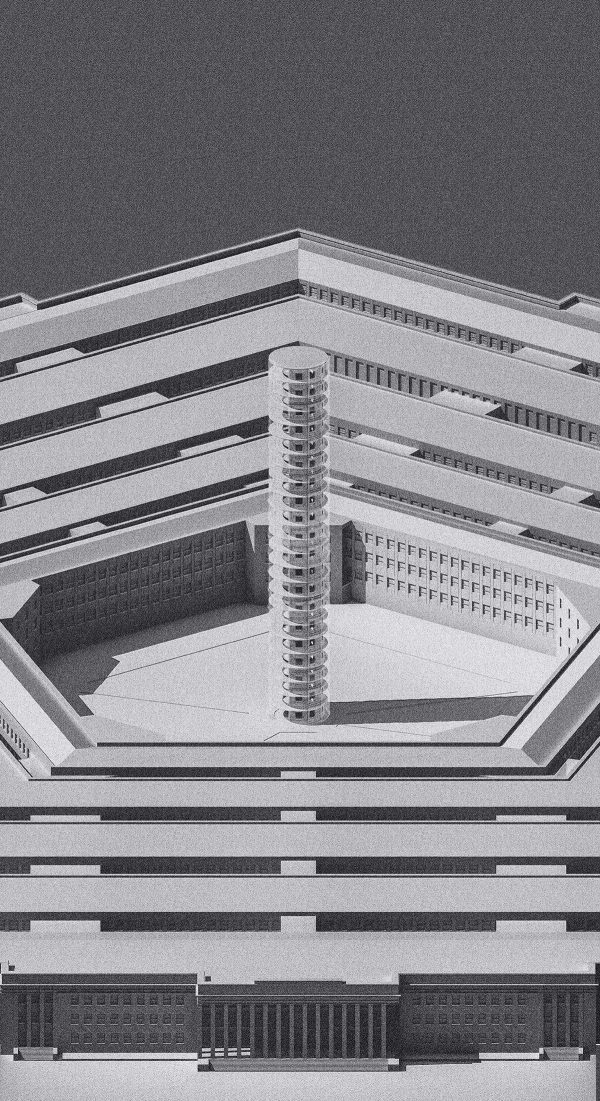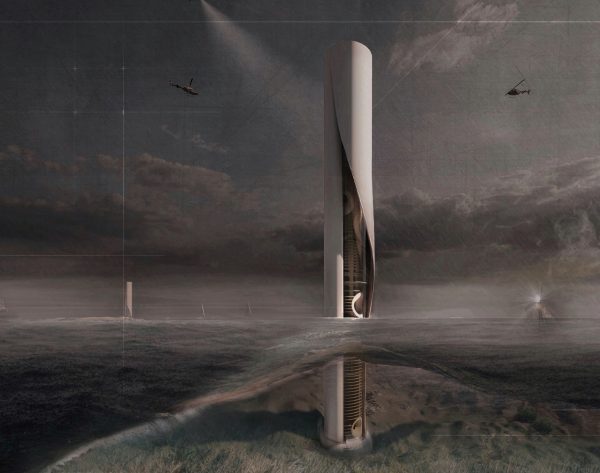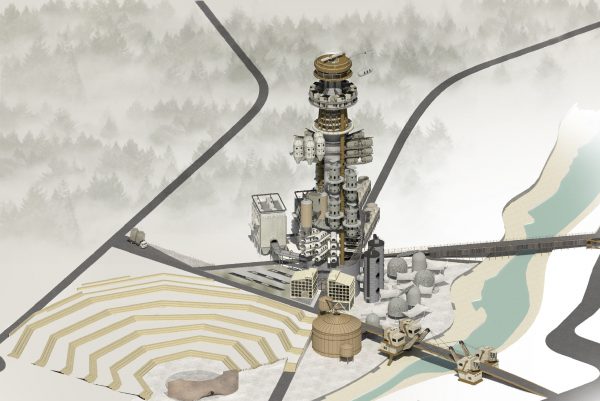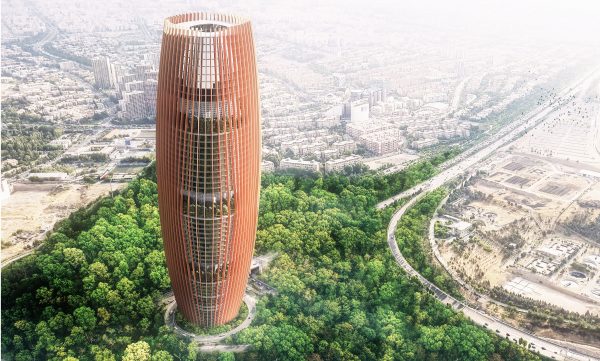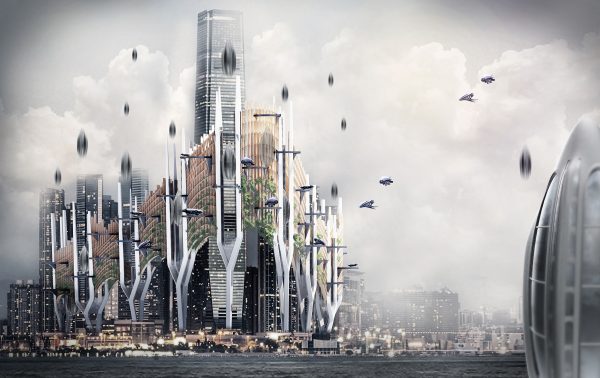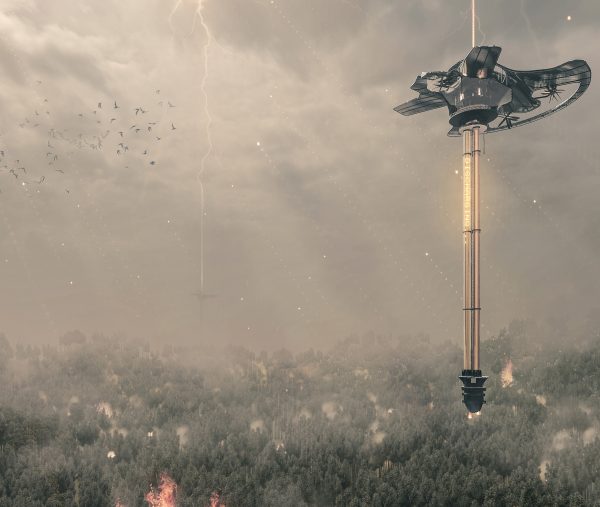Editors’ Choice
2020 Skyscraper Competition
Jai Won Lee, Ryan Joongi Cho, Younchan Hwang, Woohyuk Choi
South Korea
Tree-tower carries a symbolism of preserving trees all over the world. By preserving all the varieties of the trees in one place, Tree-tower consists of over 50 thousand species which acts as the biggest air purifier in East Asia. Through a specialized modular system, each module not only transfers water and light, but it also has a splice which holds the building’s structure, presenting each tree’s environmental characteristics, allowing all trees to coexist at a shared location. The central part of the building has a park for the visitors when the basement of the building exhibits the seeds and saplings of trees all over the world, providing information on every tree in the world. However, because of the DMZ’s continuous management, the exit on the first floor doesn’t exist. Nonetheless, through the underground pathway, visitors can only view the interior of the building. Tree-tower is a symbol that shows the importance of conservation while preserving species diversity.
Tree-Tower will be located in DMZ. DMZ is a demilitarized zone followed by the ceasefire agreement that was signed after the Korean War in 1953. The government prohibits any citizen near the DMZ’s nature reserve and is therefore marked as Asia’s greatest nature preservation zone. In addition, DMZ’s district encompasses natural monuments and endangered species, such as the Asiatic Black Bears, foxes, musks, deer, goats, and otters, with its developed river and wetland. Therefore, by placing the TreeTower at the DMZ, it preserves the ecosystem. Read the rest of this entry »

